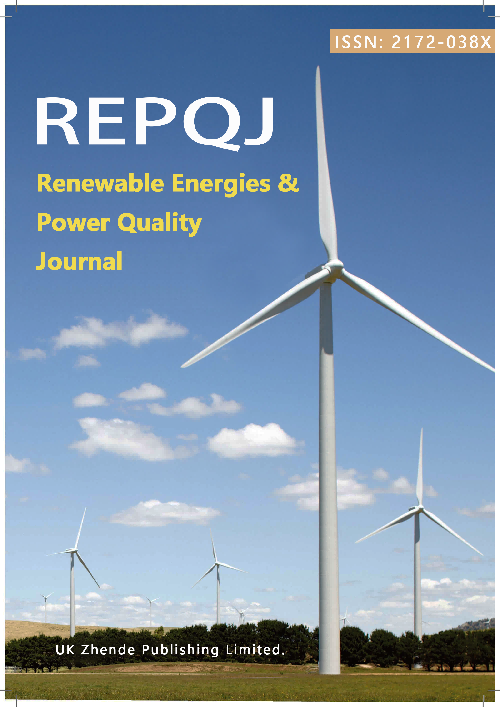Collaborative Exploration of Mineral Resources and Renewable Energy Using Remote Sensing Data Intelligent Processing Technology
DOI:
https://doi.org/10.52152/4252Keywords:
Remote sensing data, Intelligent processing technology, Mineral resources, Renewable energy, Collaborative explorationAbstract
Traditional collaborative exploration methods for mineral resources and renewable energy often rely on manual experience and simplified models, resulting in low efficiency and precision in mineral resource and renewable energy exploration, as well as apparent deficiencies in multi-source data fusion and environmental impact assessment. In response to this situation, this paper combines the intelligent processing technologies of remote sensing data, such as convolutional neural networks (CNNs) and long short-term memory (LSTM) networks, to improve the spatial recognition and time series analysis capabilities of mineral resources and renewable energy exploration, realize the precise identification of resources, spatiotemporal change monitoring, and collaborative development, and optimize resource allocation and environmental impact assessment. During the research process, this study first uses multi-source fusion technology of remote sensing data to preprocess optical images, radar data, and geological data to ensure the comprehensiveness and diversity of the data. Then, CNN is used to extract spatial features. LSTM is used to analyze temporal information to construct a multimodal deep learning framework for the collaborative exploration of mineral resources and renewable energy. Subsequently, the effectiveness of the proposed method is verified through experimental design. The experimental results indicate that the joint model constructed in this paper performs well in exploration precision, computational efficiency, resource consumption, and model robustness. When exploring 1,000 remote sensing images, the proposed model has an accuracy of 85.6% and a recall of 82.3%, demonstrating high exploration precision. When processing data sets of different sizes, the processing efficiency of the model in this paper is 2.19 images/second, 2.15 images/second, and 2.09 images/second, respectively, which performs better than most control groups. Comprehensive analysis shows that the model constructed in this paper exhibits excellent performance in many aspects and can provide adequate support for the practical application of remote sensing images.
Downloads
Published
Issue
Section
License
Copyright (c) 2025 Hongqi Ren (Author)

This work is licensed under a Creative Commons Attribution 4.0 International License.











